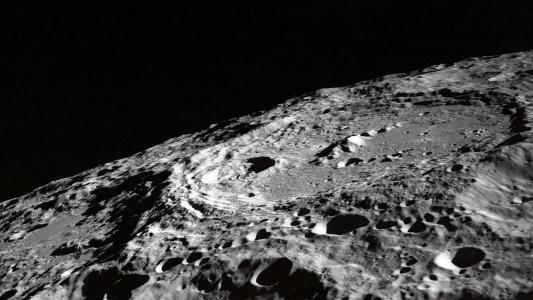This is T-Minus, where we count down the biggest developments in space, from new rocket launches to discoveries that advance our understanding of the universe and our place in it. Humanity is reaching new heights in space exploration. Make sure you’re part of the journey by subscribing here.


Elon Musk talks Starship
On October 5, SpaceX CEO Elon Musk shared an update on Starship — the biggest rocket in history — at the International Astronautical Congress (IAC).
SpaceX attempted to launch Starship for the first time in April, but it didn’t go quite as planned. While the rocket did clear the launchpad, its first and second stages didn’t separate, and after flipping around in the air for a bit, the whole thing exploded.
During the IAC interview, Musk confirmed that SpaceX had made every correction required by regulators to receive a license for a second flight — it’s ready to go when they are. He also confirmed plans to “hot stage” the rocket during the next attempt, igniting its upper stage engines before separation — something SpaceX has never tried before.
“I’d say that’s the riskiest part of the flight,” he said. “If the engines light and the ship doesn’t blow itself up during staging, then I think we’ve got a decent chance of reaching orbit.”
Depending on how soon that second launch happens — and how it goes — Musk believes it’s “sort of feasible” to land an uncrewed Starship on Mars in as few as four years, but more immediately, it has been contracted by NASA to land astronauts on the moon in 2025 or 2026.


DISH fined for space junk
This week, US regulators made it clear they’re serious about holding aerospace companies accountable for cleaning up after themselves.
Earth’s orbit is currently cluttered with millions of defunct satellites, rocket parts, and other bits of junk people sent into space, but never bothered to bring back down, and a collision with a bit of debris as small as a pencil eraser traveling at 15,000 miles per hour could be devastating for an operational spacecraft.
To keep space safe, NASA is exploring many ways to remove space debris — from “space tugs” to trash bags — and now, the FCC is getting involved, issuing a first-of-its-kind fine of $150,000 to satellite TV provider DISH for not properly deorbiting one of its defunct satellites.
“As satellite operations become more prevalent and the space economy accelerates, we must be certain that operators comply with their commitments,” said Loyaan Egal, chief of the FCC’s enforcement bureau. “This is a breakthrough settlement, making very clear the FCC has strong enforcement authority and capability to enforce its vitally important space debris rules.”


Spain enters the new space race
On October 7, Spanish company PLD Space successfully launched its reusable rocket, MIURA 1, for the first time — making it the first private company in Europe to build and launch a rocket.
“The launch of the Miura 1, the first rocket with 100% Spanish technology, has been a success,” Spain’s Prime Minister Pedro Sanchez posted on X (English translation by Reuters). “A milestone that positions Spain’s research and development at the forefront of space transportation.”
The test flight lasted 5 minutes, and the 41-foot-tall rocket flew 28 miles into the air before landing in the Atlantic Ocean, as planned. Initially, the company planned for the rocket to soar twice as high, but it changed the trajectory to increase the portion of the flight that would happen over the Atlantic — just in case the vehicle failed.
Everything went as hoped, though, according to PLD, with all systems operating “perfectly.” It will now use what it learned from the test to further develop MIURA 1, which is designed to briefly carry payloads into suborbital space for microgravity research, as well as MIURA 5, a larger system designed for satellite deployment.
“We developed MIURA 1 as a stepping stone to accelerate the technological advancement of MIURA 5,” said co-founder Raúl Verdú. “With this mission’s success, our team is poised to rapidly progress towards the inaugural flight of MIURA 5 — our ultimate goal.”
We’d love to hear from you! If you have a comment about this article or if you have a tip for a future Freethink story, please email us at [email protected].






